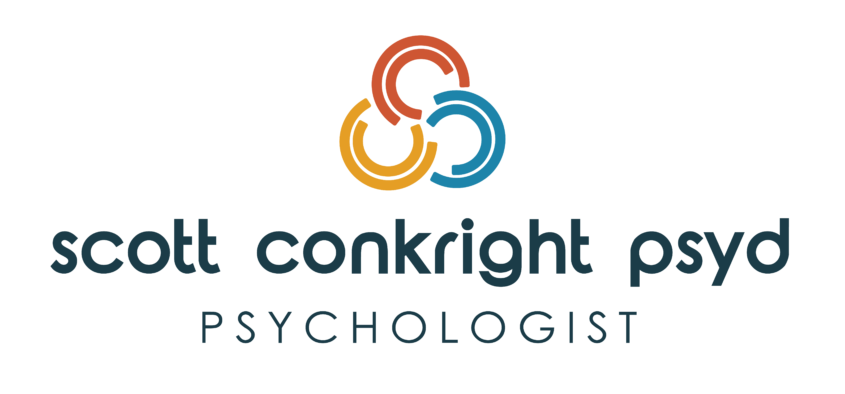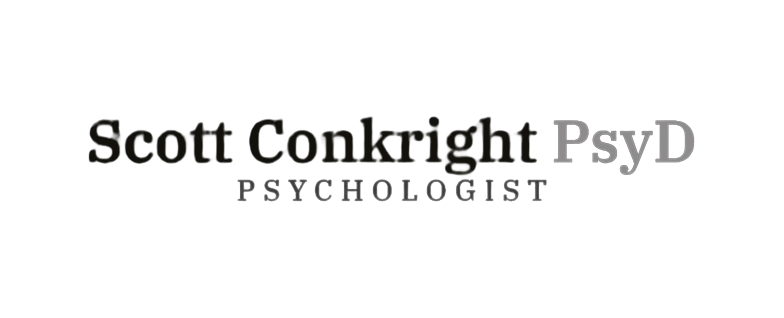Business Decision-Making: Navigating The Urgent vs.The Important

The constant barrage of tasks and decisions facing leaders and teams often leaves them feeling overwhelmed and disconnected from their core objectives. The challenge of distinguishing between what’s urgent and what’s truly important is a familiar struggle. But what if there was a way to navigate this challenge more effectively, enhance team dynamics, improve decision-making, and align closer with long-term goals? Enter Affective Relational Theory (A.R.T.), a transformative approach that integrates decision-making’s emotional and relational aspects into the heart of business strategy. This article explores how A.R.T. can revolutionize your approach to prioritization, offering a more fulfilling and impactful path to success.
The Urgent vs. Important Dichotomy Through A.R.T.
At its core, A.R.T. focuses on human behavior’s emotional and relational underpinnings, offering a rich framework for understanding how tasks are perceived and prioritized in a business context. Unlike traditional models that treat decision-making as purely rational, A.R.T. acknowledges the influential role of emotions and relationships in shaping our choices. By applying A.R.T. to the urgent vs. important, businesses can unlock new insight and effectiveness in their operations.
Emotional Awareness and Relational Dynamics
Urgent tasks often trigger immediate emotional responses such as stress or anxiety, pushing them to the forefront of our attention. However, A.R.T. teaches us that we can make more balanced decisions by becoming more aware of these emotional reactions and understanding their relational context. For example, a project deadline may seem urgent due to external pressure, but its importance may be low compared to a strategic initiative that aligns with long-term goals. A.R.T. encourages leaders to consider these tasks’ emotional and relational aspects, leading to a prioritization that supports sustainable success.
Practical Applications and Examples
Example 1: Product Launch vs. Team Development
Consider a scenario where a company faces an urgent deadline for a product launch while also recognizing the need for ongoing team development—a task that’s important but not urgent. Traditional approaches might prioritize the launch at the expense of team growth. However, an A.R.T.-informed decision would consider the long-term relational and emotional benefits of team development, such as increased innovation and employee satisfaction, and seek a balance that supports both the launch and team growth.
Example 2: Client Requests vs. Internal Projects
A business often juggles urgent client requests against important internal projects that drive innovation. An A.R.T. approach would involve assessing the emotional and relational impact of prioritizing one over the other. By understanding the importance of client relationships and the team’s emotional well-being, a leader might find creative ways to address urgent requests while advancing internal projects, thus fostering a positive work environment and sustaining client satisfaction.
Implementing A.R.T. in Your Organization
Adopting A.R.T. in business decision-making involves several key steps:
- Cultivate Emotional and Relational Intelligence: Encourage training and development in these areas to enhance team members’ ability to navigate their work’s emotional and relational aspects.
- Foster Open Communication: Create channels for expressing concerns and aspirations related to urgent and important tasks, emphasizing the value of emotional and relational perspectives.
- Balance Decision-Making: Use A.R.T. principles to evaluate tasks, considering their immediate impact and contribution to long-term goals and relationships.
- Celebrate Relational Successes: Recognize and reward decisions that positively impact team dynamics and align with organizational values, reinforcing the importance of A.R.T.-informed choices.
The Path Forward with A.R.T.
Embracing Affective Relational Theory in your business strategy offers a pathway to survive and thrive in the modern business landscape. By integrating emotional and relational intelligence into your decision-making processes, you can transform the urgent vs. significant dilemma into an opportunity for growth, innovation, and deeper connection. This approach enhances productivity and alignment with long-term objectives and enriches the workplace with a culture of empathy, understanding, and shared success.
Consider how A.R.T. can revolutionize your prioritization, decision-making, and leadership approach as you move forward. The benefits extend beyond the immediate gains, offering a foundation for a resilient, vibrant, and emotionally intelligent organization. Join us on this journey to redefine success in business through the power of Affective Relational Theory and discover a more meaningful, impactful way to achieve your goals.






